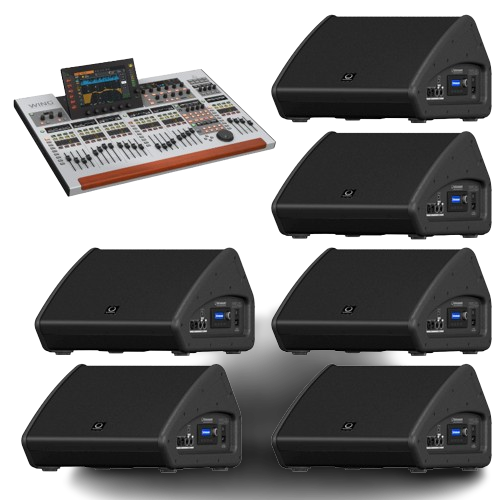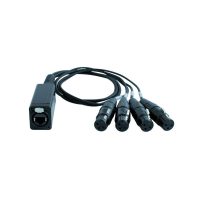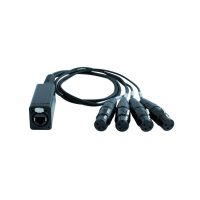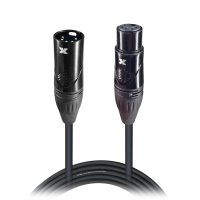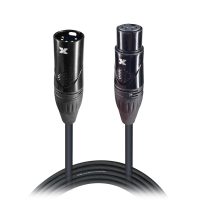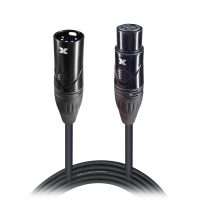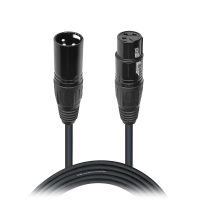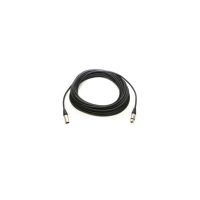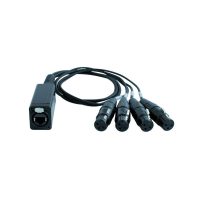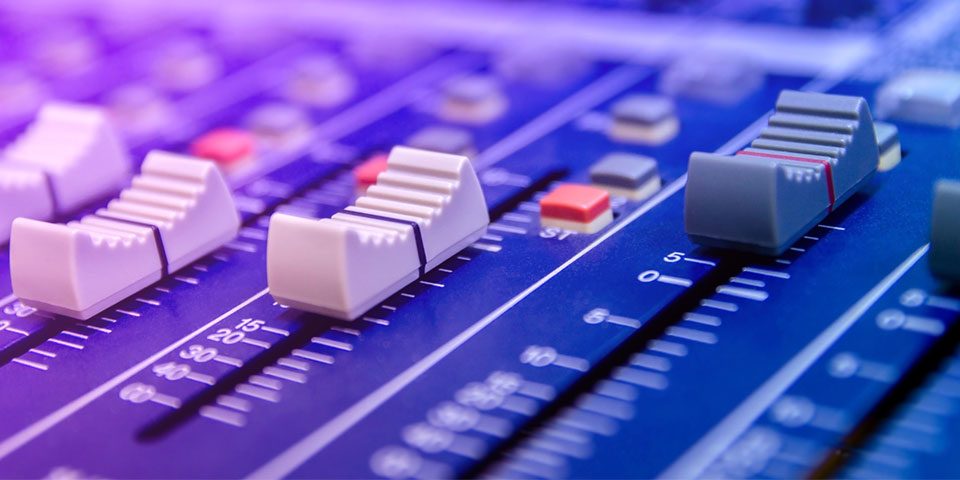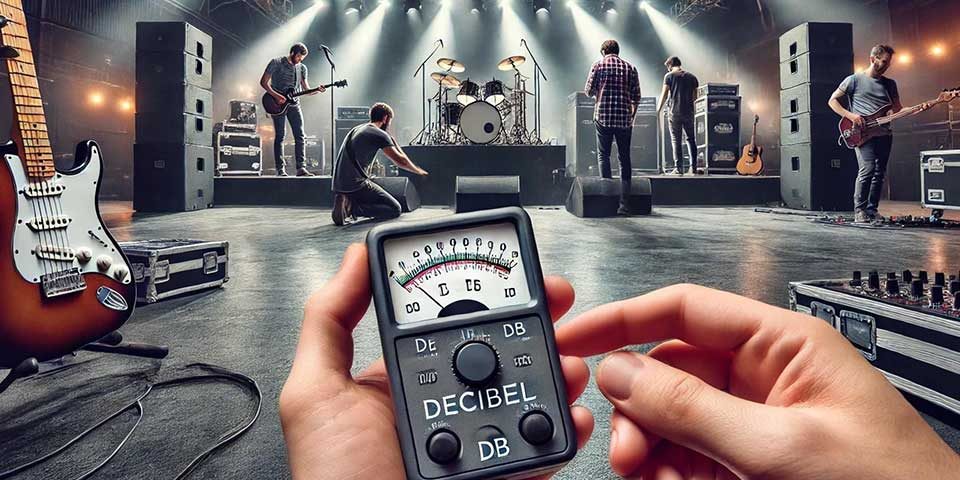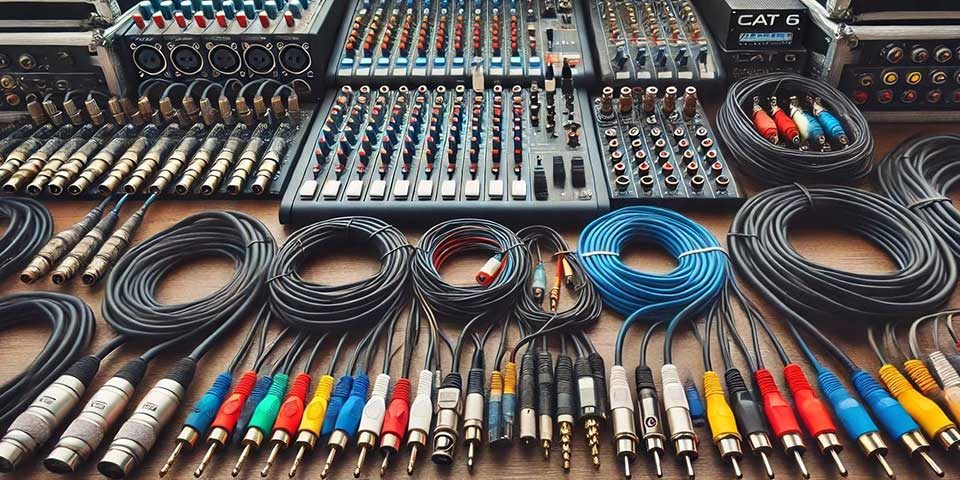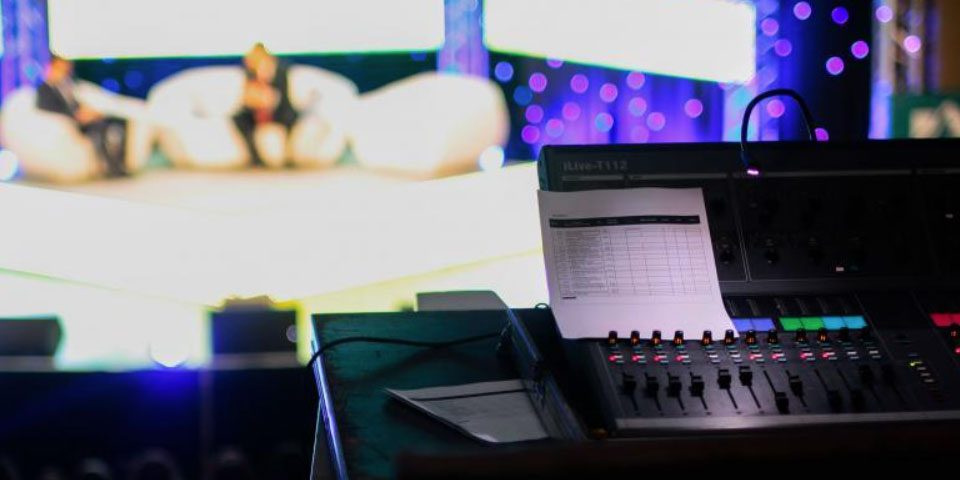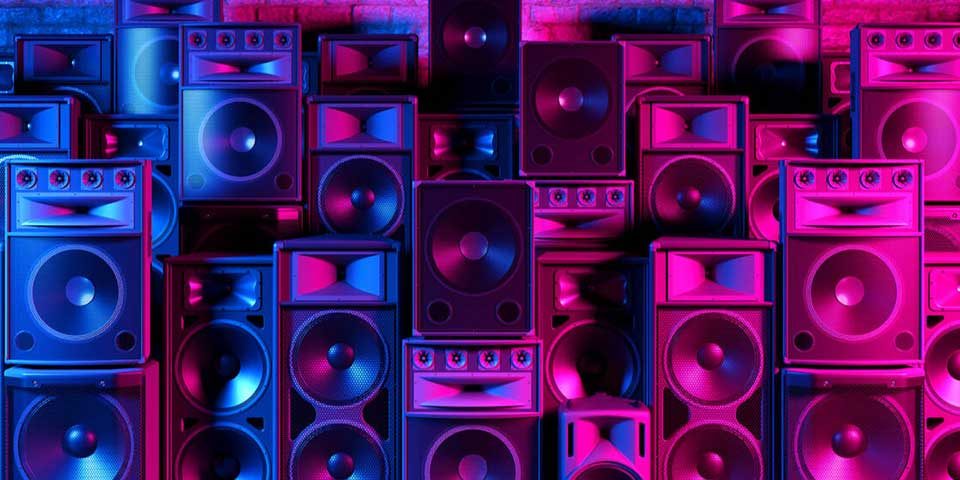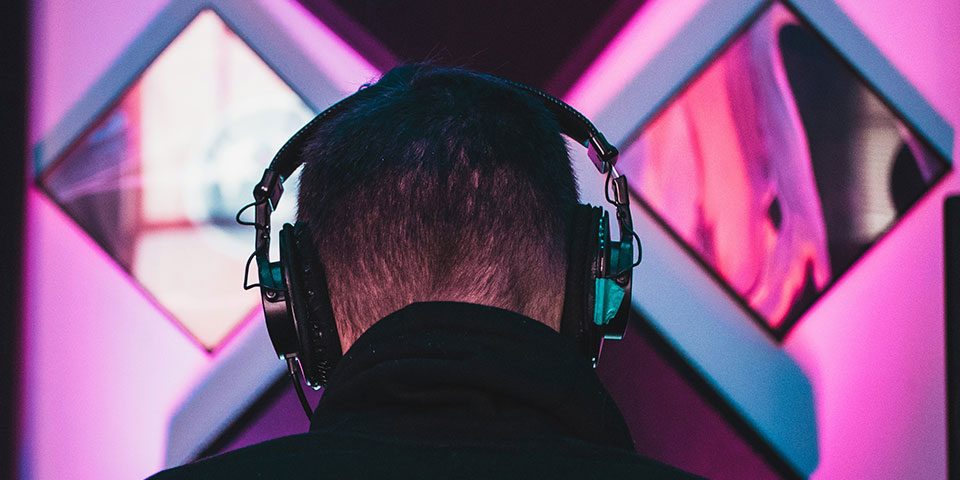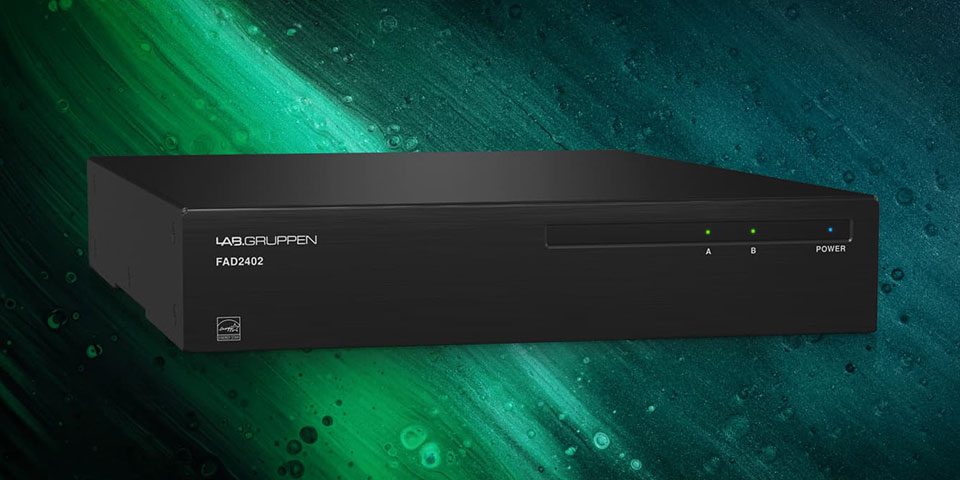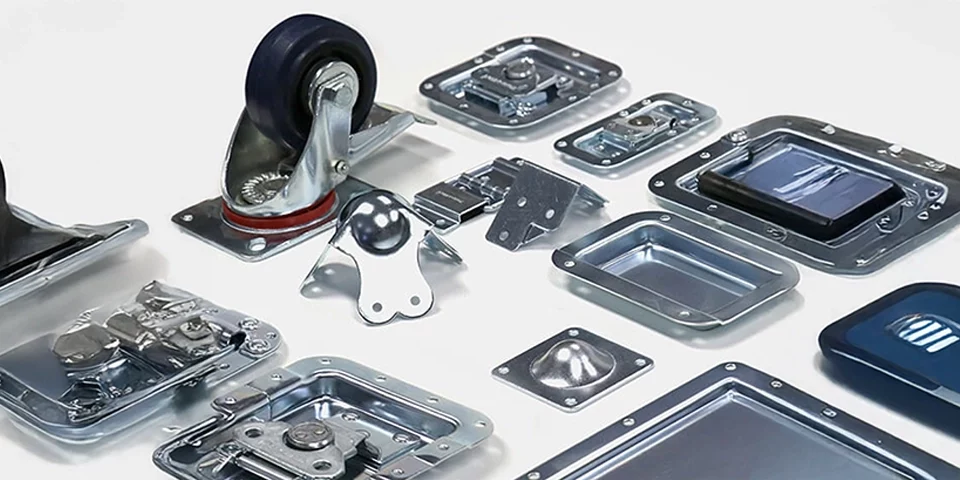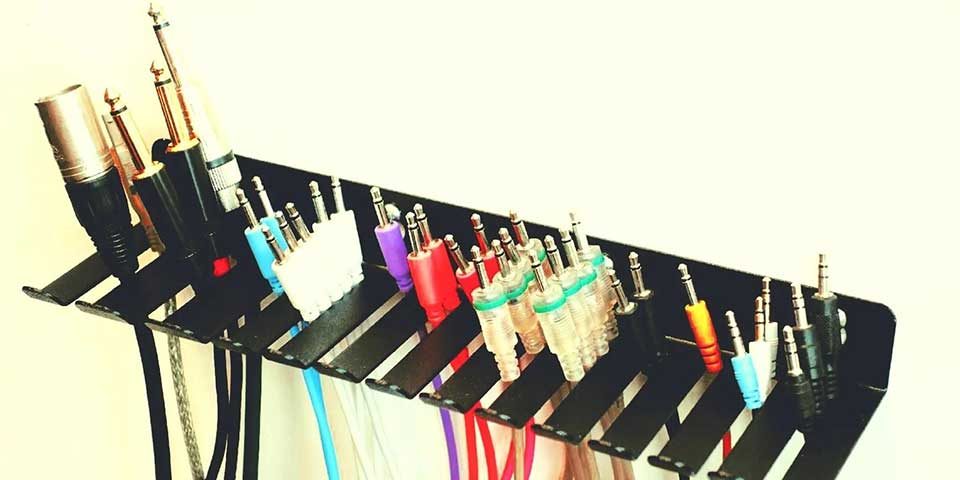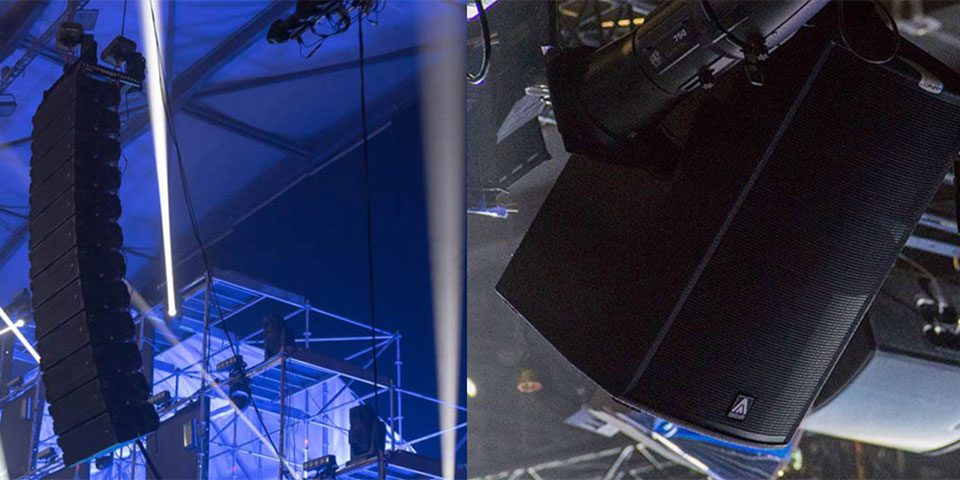
Stage Truss System in Modern Design

Powered vs Unpowered Mixer: Which Should You Choose?

Stage Truss System in Modern Design

Powered vs Unpowered Mixer: Which Should You Choose?
Difference Between DMX and XLR: A Complete Breakdown of Key Differences
Introduction
Choosing the right cables is essential for achieving seamless performance in professional audio and lighting setups. DMX cables and XLR cables are frequently used but have different purposes. Misusing one for the other can lead to signal degradation, equipment malfunctions, or costly repairs. This guide covers the key differences, applications, and repair techniques for DMX vs XLR cables.
What is an XLR Cable?
XLR cables transmit balanced analog audio signals in professional setups. These cables are known for carrying audio over long distances with minimal interference. They are essential for live sound, recording studios, and concert venues.
How XLR Cables Work in Professional Audio Systems
XLR cables carry balanced audio through three conductors: a positive, a negative, and a ground wire. This design cancels out noise picked up during transmission, keeping audio clear and interference-free over long distances.
For example, using a 100 ft Balanced XLR-F to XLR-M Premium Audio Microphone Cable ensures high audio quality, allowing sound to travel cleanly from the microphone to the mixing console.
XLR Cable Specifications and Performance
XLR cables typically have an impedance of 75 ohms, optimized for low-frequency audio signals. They use 3-pin connectors, though other variants with more pins exist for specialized uses. XLR cables can transmit audio signals up to 200 feet without losing quality. For distances beyond that, audio may degrade, especially in environments with high noise. Signal boosters help prevent this degradation.
Mixing consoles, like the Midas Consoles M32, rely on XLR cables to handle multiple audio channels without compromising sound quality.
What is Balanced Audio?
Unbalanced audio uses two conductors: signal and ground. The signal wire carries the audio, while the ground wire serves as a return path. This simpler design is more prone to picking up noise and interference.
In unbalanced cables, the signal and ground wires are susceptible to electromagnetic interference (EMI) and ground loops. The signal wire carries the audio, and any noise picked up along the way is directly added to the audio signal. Common connectors for unbalanced audio are RCA and TS (Tip-Sleeve). RCA connectors are often found in consumer electronics, while TS connectors are used in some musical instruments and shorter cable runs.
What is a DMX Cable?
DMX cables are designed specifically for digital data transmission in lighting systems. They allow precise control of lighting fixtures, including intensity, color, and movement. Though they look similar to XLR cables, DMX cables serve a completely different purpose.
How DMX Cables Power Lighting Systems
DMX cables send digital commands to lighting fixtures. These commands allow users to control light attributes like brightness and movement. For example, a 100 ft DMX XLR3-M to XLR3-F High-Performance Cable ensures reliable signal transmission in large-scale lighting setups, helping lighting designers adjust complex cues in real time without any signal loss.
Controllers like the Obsidian Control NX P Motorized Fader Wing send high-frequency data through DMX cables to multiple lighting fixtures, ensuring all fixtures operate in sync.
DMX Cable Specifications and Performance
DMX cables have 120 ohms impedance, which helps transmit high-frequency digital signals over long distances. They can transmit data up to 300 feet before signal degradation becomes an issue. To maintain data quality over greater distances, using a DMX signal repeater can amplify the signal, preventing delays and keeping lighting effects synchronized.

Key Differences Between DMX vs XLR Cables
Signal Type and Purpose
DMX cables send digital control signals to lighting systems, enabling real-time adjustments to lighting effects.
XLR cables transmit analog audio signals, ensuring high-quality sound transmission across large venues.
Impedance and Data Transmission
DMX cables have 120 ohms impedance to maintain high-frequency data transmission.
XLR cables have 75 ohms impedance, optimized for transmitting low-frequency audio signals.
Cable Range and Distance
DMX cables can transmit data over distances of up to 300 feet before requiring a signal repeater.
XLR cables can carry audio signals up to 200 feet before a signal booster is necessary to maintain clarity.
Shielding and Durability
DMX cables have extra shielding to protect against interference, especially in environments filled with electronic devices. XLR cables are also shielded but focus more on preventing electromagnetic interference (EMI) to ensure clean audio transmission in concert halls and studios.
Repairing DMX vs XLR Cables
Cables often experience wear and tear, especially in professional environments. Learning how to repair them can save both time and money.
How to Repair XLR Cables
Identify the fault: Look for broken connections or damaged solder joints.
Cut and strip the wire: Use wire strippers to expose the inner conductors.
Re-solder the joints: Attach the wires to the correct pins—pin 1 for ground, pin 2 for positive, and pin 3 for negative.
Test the cable: After completing the repair, test the cable by connecting it to equipment like the Turbosound TFX122M-AN Stage Monitor to ensure the audio signal remains clear.
How to Repair DMX Cables
Check the pins: Many DMX cable issues are due to bent or broken pins.
Re-solder or replace connectors: If a pin is damaged, re-solder or replace the connector.
Test the repaired cable: After repairing the cable, connect it to a lighting controller like the Obsidian Control NX P Motorized Fader Wing to ensure it transmits data properly.
Real-World Applications of DMX vs XLR Cables
Live Sound Engineers
Live sound engineers rely on XLR cables to connect microphones and speakers over long distances. A 100 ft XLR cable ensures that audio quality is maintained from the microphone to the mixing console. High-quality XLR cables are crucial for delivering clear, interference-free sound over long distances.
Lighting Technicians
DMX cables are essential for controlling multiple lighting fixtures in large setups. A 100 ft DMX cable allows technicians to manage complex lighting effects without signal lag. DMX ensures that all lighting fixtures, including spotlights and moving head lights, remain synchronized.
AV Installers (Venue Operators & Rental Companies)
AV installers need systems that are both durable and reliable. Using the correct cable for each function ensures long-lasting performance. XLR cables are used for audio systems, while DMX cables are required for lighting setups in permanent installations. An Obsidian Control NX P paired with high-quality DMX cables ensures flawless operation in lighting-heavy venues.
Distance Coverage and Signal Integrity for DMX vs XLR Cables
XLR Cable Range and Performance
XLR cables can transmit audio signals up to 200 feet without significant loss. Over longer distances, a signal booster is recommended to maintain sound quality, especially in large venues or outdoor events.
XLR Cable Range and Performance
DMX cables can transmit control signals up to 300 feet. For larger setups requiring longer distances, a signal repeater helps maintain the integrity of the digital signal, preventing delays or synchronization issues during live performances.
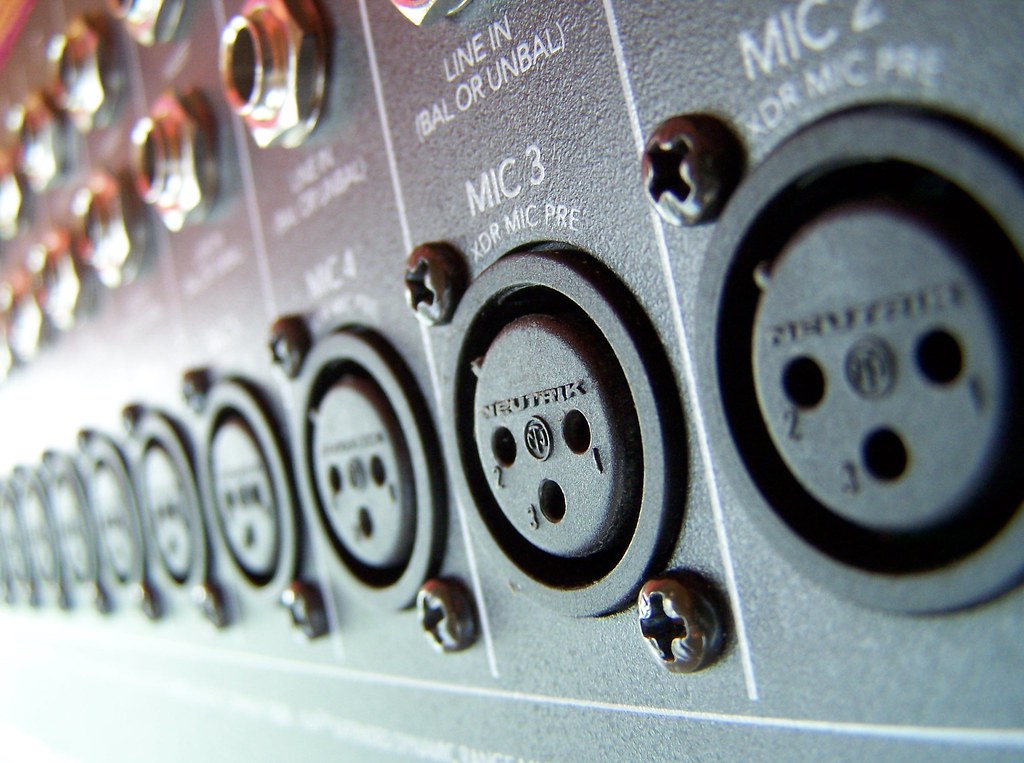
conclusion
Understanding the key differences between DMX and XLR cables is essential for professionals working in audio or lighting. DMX cables are ideal for digital lighting control, while XLR cables are the best option for analog audio transmission. Using the correct cable ensures seamless, error-free performance.
Investing in high-quality cables, such as the 100 ft DMX XLR3-M for lighting or the 100 ft Balanced XLR-F to XLR-M Premium Audio Microphone Cable for audio, guarantees reliable performance even in demanding environments. By choosing the right cables and understanding their technical specifications, you can avoid signal loss, interference, and costly repairs, ensuring a professional-grade experience for every event or installation.


